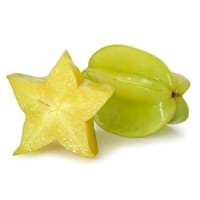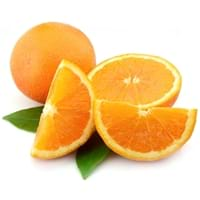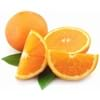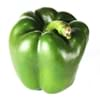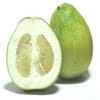Health Benefits
Cancer prevention, Heat stroke treatment
Arthritis treatment, Cancer prevention, Heart care
General Benefits
Anti oxidant properties, Anti-inflammatory properties, Digestive aid, Maintains healthy cholesterol level, Treatment of sore eyes
Anti-inflammatory properties, Cures cough, Cures fever, Digestive aid, Healing of wounds, Maintains healthy cholesterol level
Skin Benefits
Anti-aging benefits, Heals sunburn, Skin rejuvenation
Anti-aging benefits, Brightens and lightens complexion, Reduces wrinkles, Treatment of dark spots
Hair Benefits
Promotes longer and healthier hair, Protects hair
Promotes longer and healthier hair, Protects hair, Rejuvenates scalp, Shiny hair
Allergy Symptoms
NA
Abdominal cramps, Hives, Itching, Nausea, Wheezing
Side Effects
Nausea, Vomiting
Allergic reaction, Skin rash, Possibly unsafe during pregnancy
Best Time to Eat
As a snack in the late afternoon, Eat the fresh ones, avoid mixing with any other foods, don't eat after meal., Strictly avoid empty stomach
As a snack in the late afternoon, Eat the fresh ones, avoid mixing with any other foods, don't eat after meal., Morning time (before lunch), Strictly avoid empty stomach
Vitamin B5 (Pantothenic Acid)
Vitamin C (Ascorbic Acid)
Vitamin K (Phyllochinone)
Calories in Fresh Fruit with Peel
Not Available
Calories in Fresh Fruit without Peel
Not Available
Calories in Frozen Form
Not Available
Not Available
Calories in Canned Form
Not Available
Calories in Jam
Not Available
Calories in Pie
Not Available
Season
Autumn, Spring, Summer
Winter
Varieties
King, Bell, Sri Kembangan, Arkin and Fwang Tung
Clementine, Dancy, King Mandarin, Murcott, Ponkan, Robinson, Satsuma and Sunburst
Color
Golden yellow, Green
Orange
Inside Color
Yellowish Green
Orange
Shape
Oval and Star(Cross section)
Round
Taste
Crisp, Juicy, Sweet
Sweet-Sour
Origin
Sri Lanka
South-Eastern Asia
Grows on
Not Available
Not Available
Soil Type
Loam, Well-drained
Well-drained
Climatic Conditions
Moist, Warm to hot climate
Sunny
Facts about
- When carambola is cut horizontally, it forms a star.
- It is believed that carambola helps to cure hangover.
- Entire carambola is edible, including its skin.
- 2 varieties of carambola are cultivated: tart & sweet.
- It is known by another name ' Mandarin'.
- Oil extracted from its peel is used in various skin and hair care products.
- Tangerines is also known as the ‘Christmas Orange’ because it is used to stuff kids' stockings..
Cocktails
Yes
Not Available
Top Producer
Taiwan
China
Other Countries
Australia, Guyana, India, Israel, Malaysia, Philippines, United States of America
Brazil, Iran, Italy, Japan, Korea, Morocco, Spain, Turkey
Top Importer
Europe
China
Top Exporter
Malaysia
Spain
Botanical Name
Averrhoa carambola
Citrus reticulata
Synonym
Not Available
Citrus clementina or Citrus nobilis
Subkingdom
Tracheobionta
Tracheobionta
Division
Magnoliophyta
Magnoliophyta
Class
Magnoliopsida
Magnoliopsida
Order
Oxalidales
Sapindales
Family
Oxalidaceae
Rutaceae
Species
A. carambola
C. reticulata
Generic Group
Not Available
Citrus fruit
Difference Between Carambola and Tangerine
We might think that Carambola and Tangerine are similar with respect to nutritional value and health benefits. But the nutrient content of both fruits is different. Carambola and Tangerine Facts such as their taste, shape, color, and size are also distinct. The difference between Carambola and Tangerine is explained here.
The amount of calories in 100 gm of fresh Carambola and Tangerine with peel is 31.00 kcal and Not Available and the amount of calories without peel is Not Available and 53.00 kcal respectively. Thus, Carambola and Tangerine belong to Low Calorie Fruits and Low Calorie Fruits category.These fruits might or might not differ with respect to their scientific classification. The order of Carambola and Tangerine is Oxalidales and Sapindales respectively. Carambola belongs to Oxalidaceae family and Tangerine belongs to Rutaceae family. Carambola belongs to Averrhoa genus of A. carambola species and Tangerine belongs to Citrus genus of C. reticulata species. Beings plants, both fruits belong to Plantae Kingdom.
